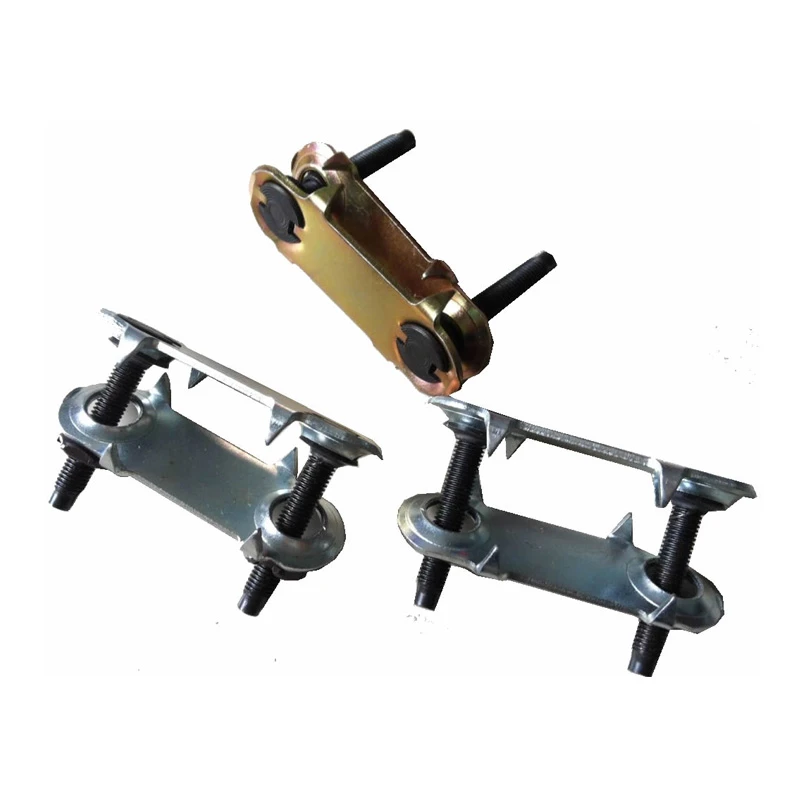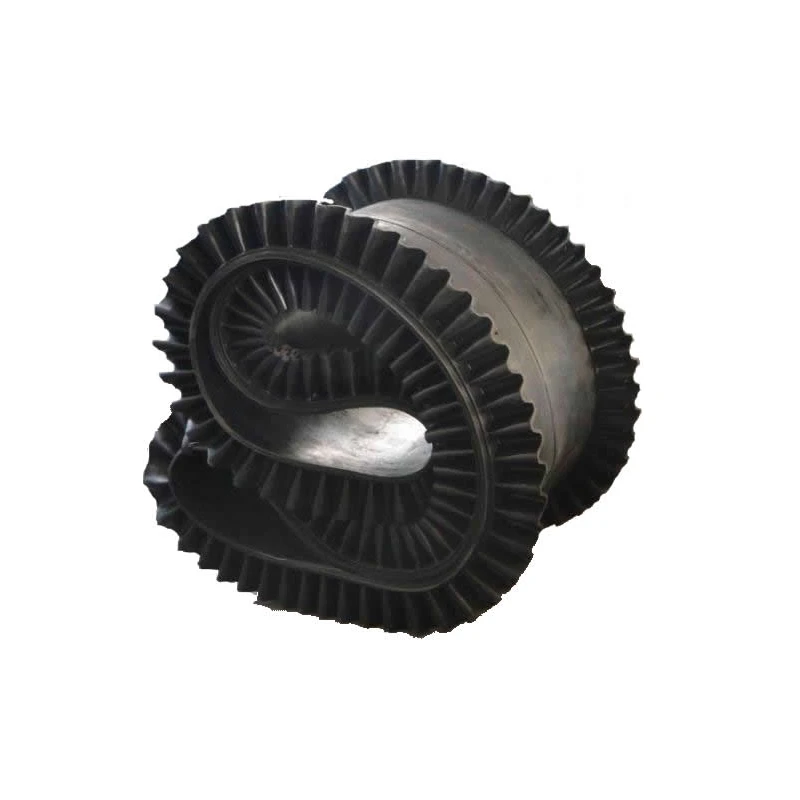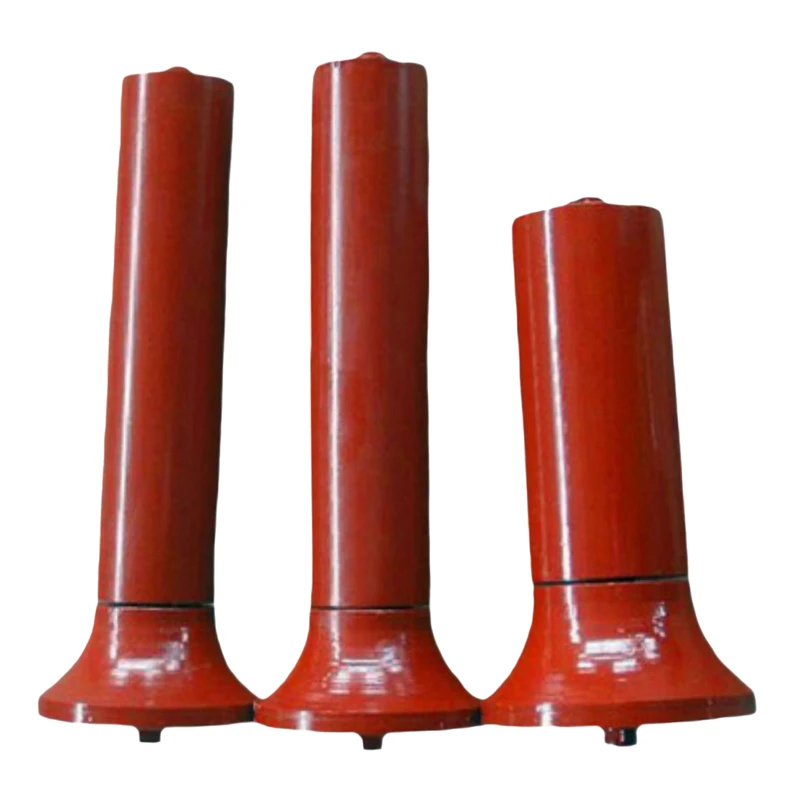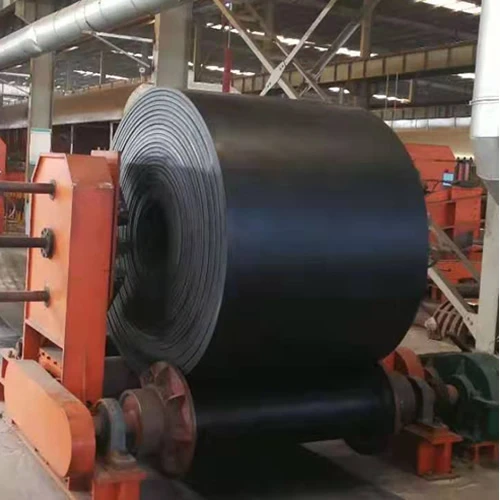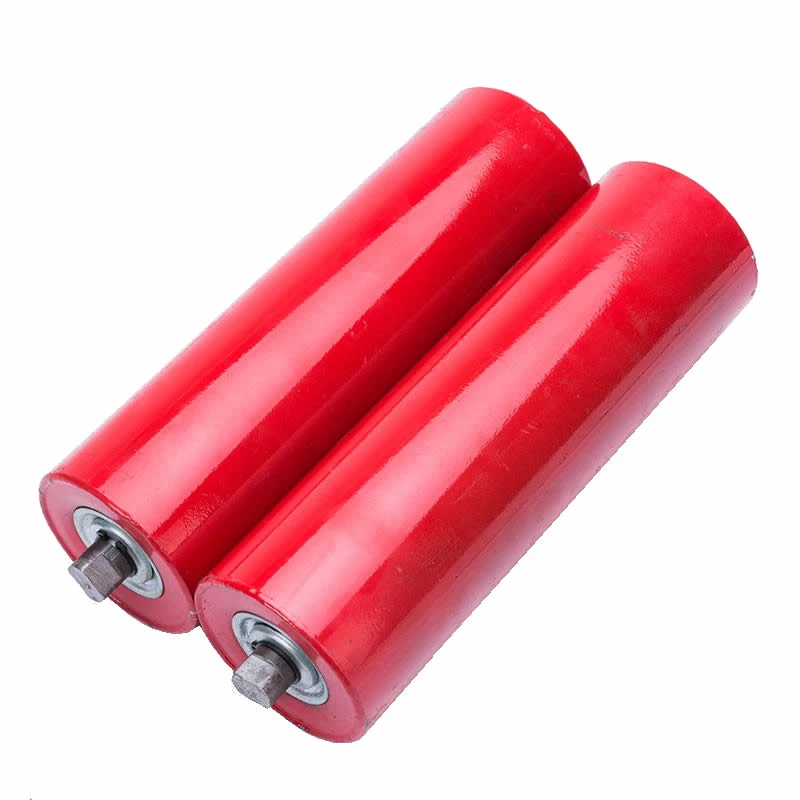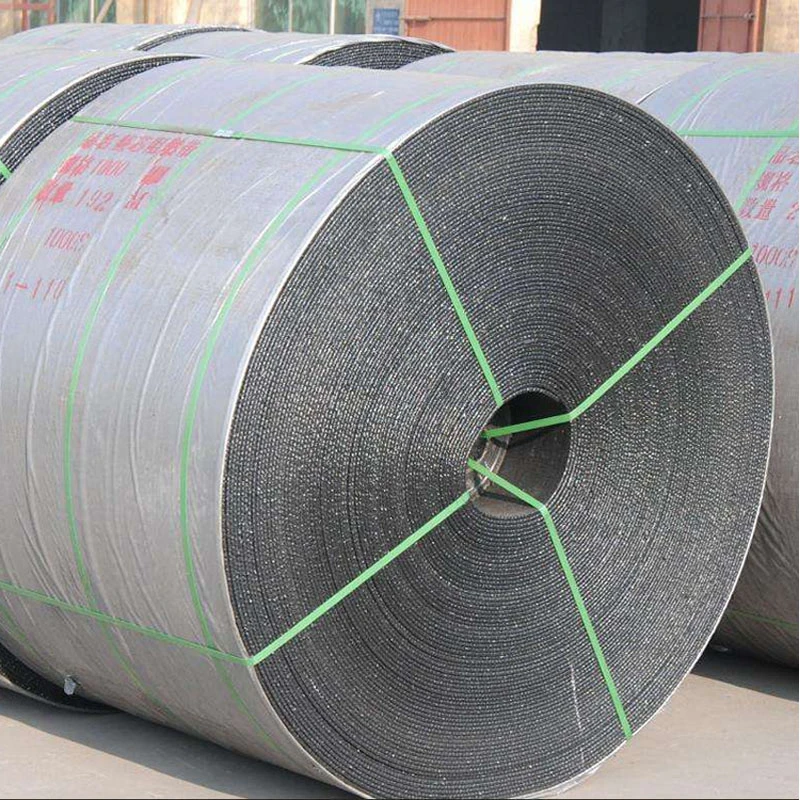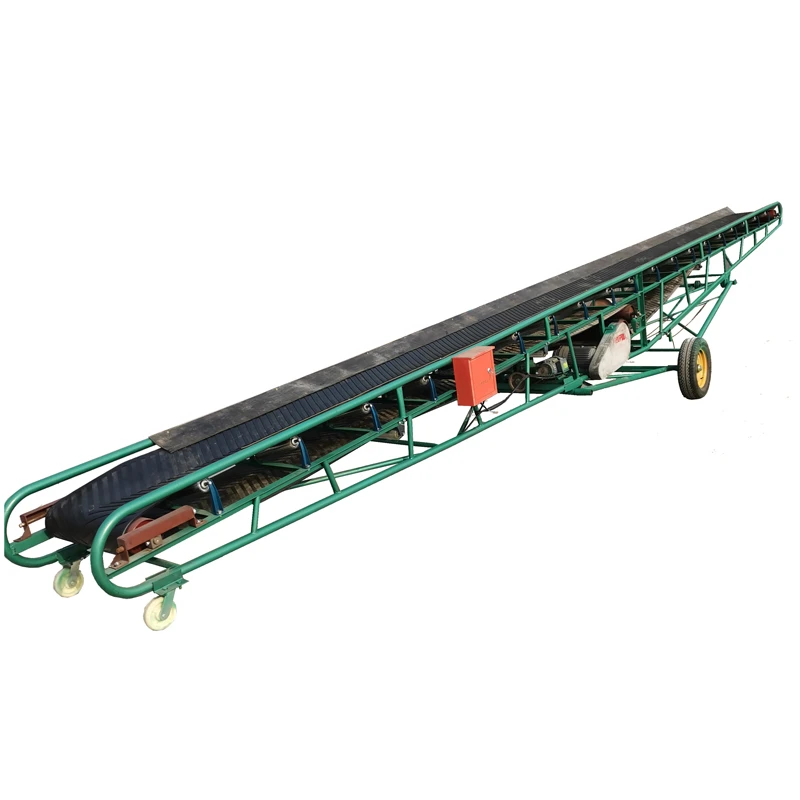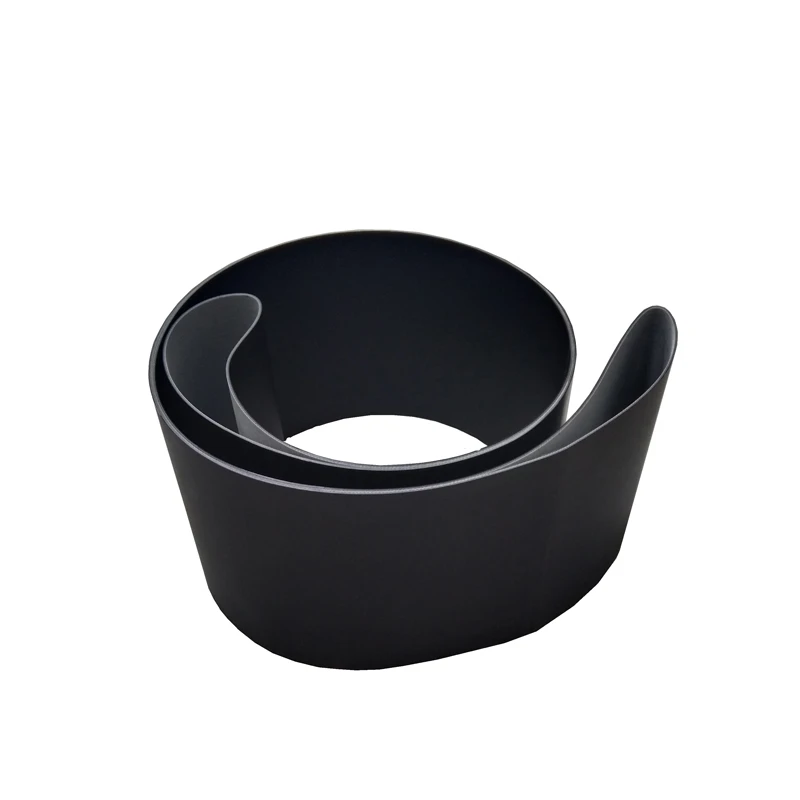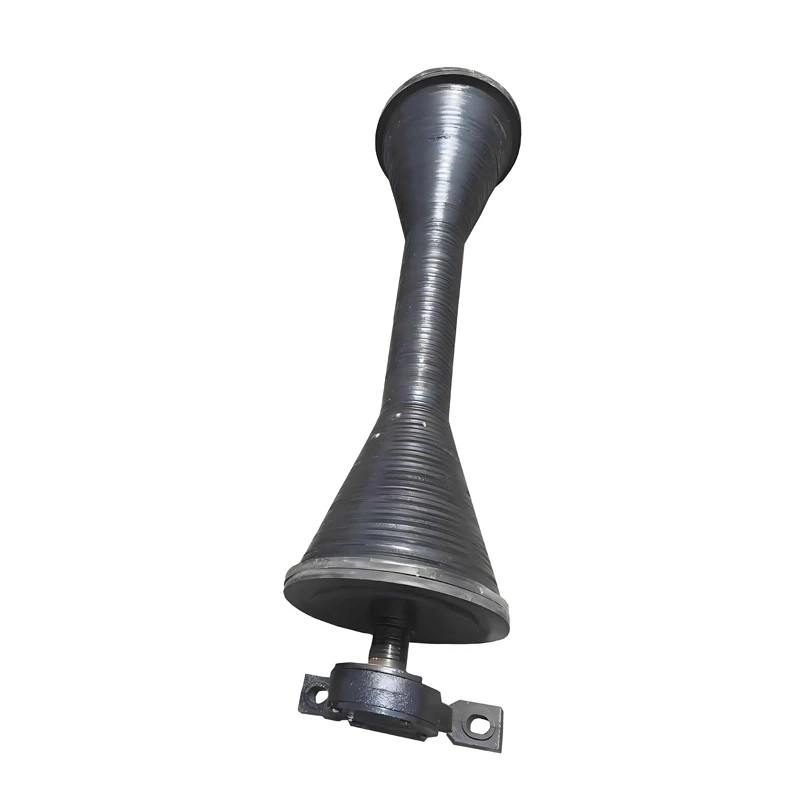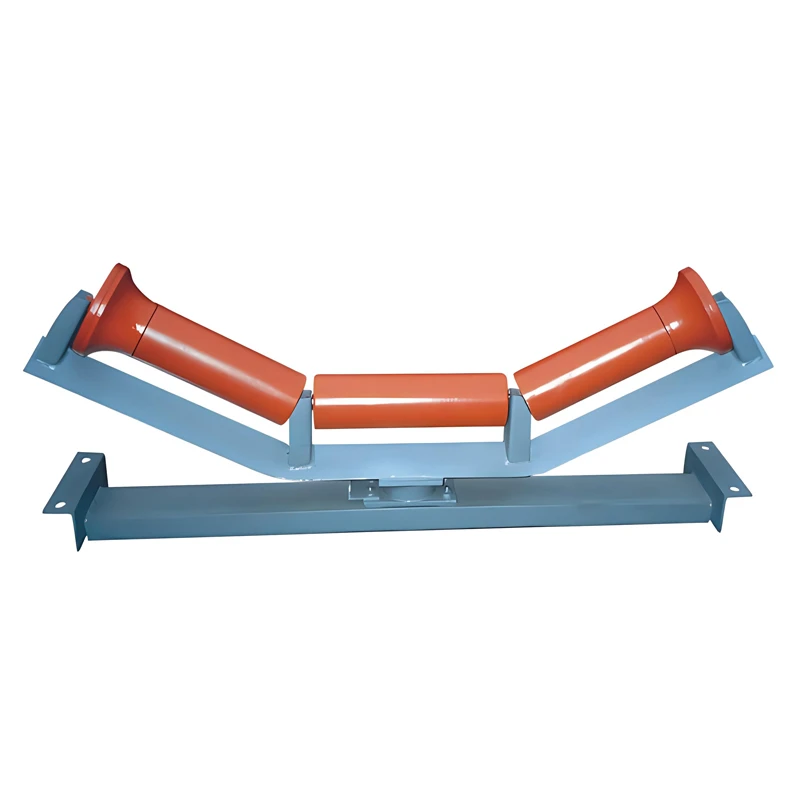In any belt conveyor system, the conveyor drum—also known as a pulley—is the mechanical backbone that drives and redirects the belt. Whether you’re working with mining conveyors, packaging lines, or material transport systems, properly selected conveyor drums determine the system’s reliability, efficiency, and longevity.
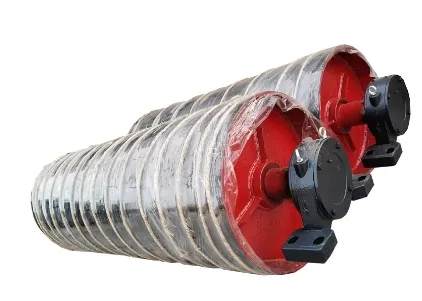
If you're sourcing high-quality units from conveyor drum manufacturers, reviewing specifications for bulk orders, or working on a new conveyor drum design, this guide provides the key insights you need.
What Is a Conveyor Drum?
A conveyor drum is a cylindrical component mounted on the ends of a belt conveyor to drive, redirect, or support the belt. It’s typically made of steel or stainless steel and is mounted on a shaft, which is supported by bearings and brackets.
Conveyor drums can be:
Drive pulleys (head drums) – located at the discharge end, powered by a motor to move the belt
Tail pulleys – found at the loading end; help redirect and tension the belt
Snub pulleys – increase the angle of contact between the belt and drive drum
Take-up pulleys – adjust tension and accommodate belt elongation
Bend pulleys – redirect the belt path around obstacles or between segments
Conveyor Drum Design: What Matters
Effective conveyor drum design balances structural integrity, weight, wear resistance, and load capacity. A poorly designed drum can lead to belt misalignment, premature wear, or catastrophic system failure.
Key design considerations include:
1. Shell Diameter and Length
Depends on belt width, load, and drum role (drive vs. tail)
Typical diameters: 200 mm to 1,000 mm or more
Larger drums reduce belt flex and wear
2. Face Type
Flat face: for short, low-speed conveyors
Crowned face: slightly tapered to help center the belt
Lagged face: covered with rubber or ceramic for added friction and grip
3. Shaft Size and Type
Sized based on torque, load, and rotational speed
Available as solid or hollow shafts
Can be keyed, splined, or taper-locked to pulleys
4. Lagging Options
Rubber lagging: improves traction and protects the shell
Ceramic lagging: offers extreme wear resistance in heavy-duty or abrasive environments
Strip lagging: modular and easy to replace
5. Bearing and Seal Selection
Heavy-duty pillow block or plummer block bearings are common
Seals must resist water, dust, and chemical ingress in harsh conditions
Common Conveyor Drum Applications
Conveyor drums are found across industries:
Mining & aggregate – heavy-duty, high-torque drums with ceramic lagging
Food & beverage – stainless steel drums with smooth finishes and hygienic seals
Manufacturing – modular drums for general handling systems
Packaging – high-speed pulleys with balanced design for minimal vibration
Recycling – durable, shock-resistant pulleys for waste sorting lines
Conveyor Drum Manufacturers: What to Look For
When choosing conveyor drum manufacturers, look for those with experience in your specific industry and the ability to provide:
Custom drum design to match your conveyor specs
Precision machining for concentricity and balance
Material certifications (e.g., Q345 steel, 304 stainless steel)
Surface treatments (painted, powder-coated, galvanized)
Heavy-duty shaft and bearing options
Static and dynamic balancing for high-speed operation
Short lead times and international shipping for large projects
Some manufacturers also offer integrated drive drums, combining motor, gearbox, and drum into a compact unit—ideal for food processing, logistics, and mobile systems.
Conveyor Drum Price Guide (2025 Estimates)
Pricing varies by material, size, lagging, and order quantity.
|
Drum Type |
Size (mm) |
Price Range (USD/unit) |
|
Light-duty drive drum |
300 × 500 |
$150 – $300 |
|
Rubber-lagged drum |
500 × 1,000 |
$400 – $800 |
|
Ceramic-lagged drum |
800 × 1,200 |
$900 – $1,800 |
|
Stainless steel drum |
400 × 800 |
$600 – $1,200 |
|
Bulk order (20+ units) |
Custom sizes |
10–25% discount per unit |
Larger or high-torque drums with custom lagging or shaft specs will be priced higher.
Tips for Buying Conveyor Drums in Bulk
If you're outfitting an entire facility or building conveyors for resale, ordering in conveyor bulk quantities has several advantages:
Lower per-unit cost
Priority in production queues
Custom branding or labeling options
Containerized shipping for global buyers
OEM compatibility guarantees
Make sure to send your supplier:
Belt width
Drum role (drive, tail, bend, etc.)
Motor power and torque requirements
Operating environment (wet, dusty, corrosive)
Bearing and mounting specs
Required certifications (ISO, CE, food-grade, etc.)
Conveyor Drum FAQs
Q1: What is the purpose of lagging on a conveyor drum?
A: Lagging increases friction between the drum and belt, reduces slippage, and protects the drum shell from wear. It's especially important for drive pulleys.
Q2: What’s the difference between a head drum and a tail drum?
A: The head drum (drive pulley) powers the belt, while the tail drum supports the return side. Tail drums often help align the belt and maintain tension.
Q3: Can I buy custom conveyor drum designs?
A: Yes. Most manufacturers offer custom drum sizing, shaft configurations, and lagging options based on your system requirements.
Q4: How do I choose the right conveyor drum size?
A: It depends on belt width, tension, motor power, and load type. Engineers use standards (like CEMA or DIN) to calculate ideal drum diameter and shaft dimensions.
Q5: Are there corrosion-resistant conveyor drums?
A: Absolutely. Stainless steel drums or coated carbon steel options are available for wet, chemical, or food-grade environments.

